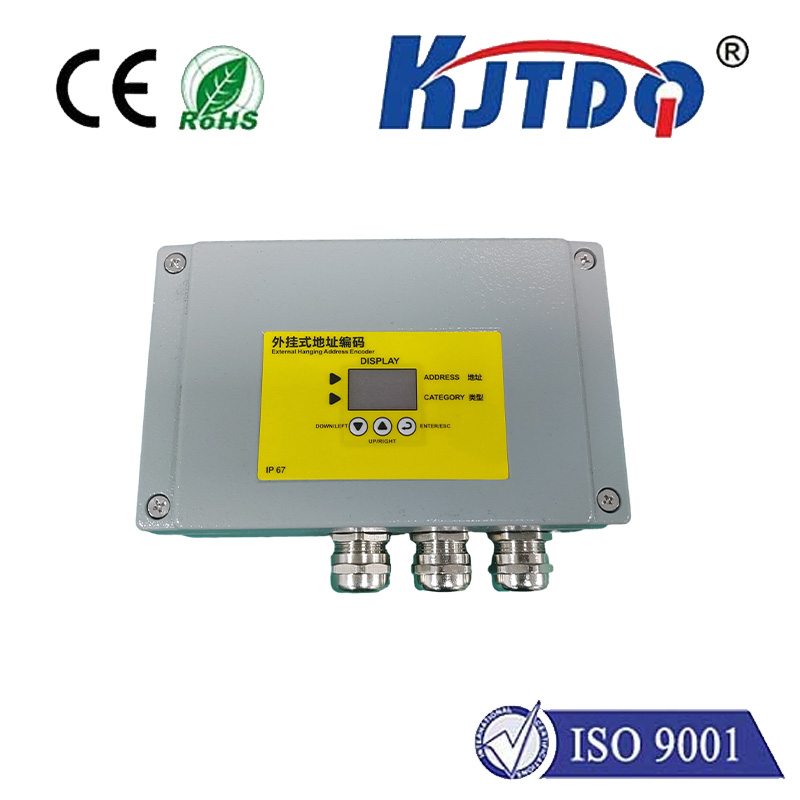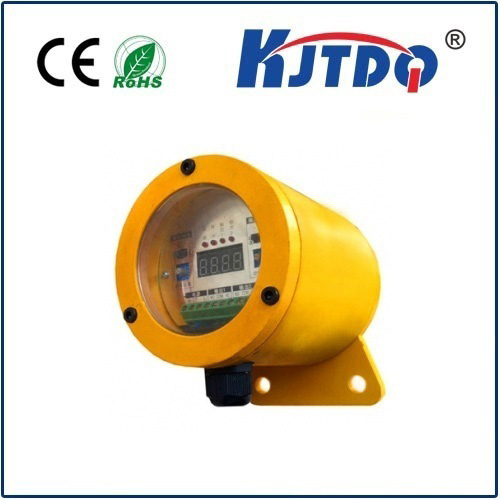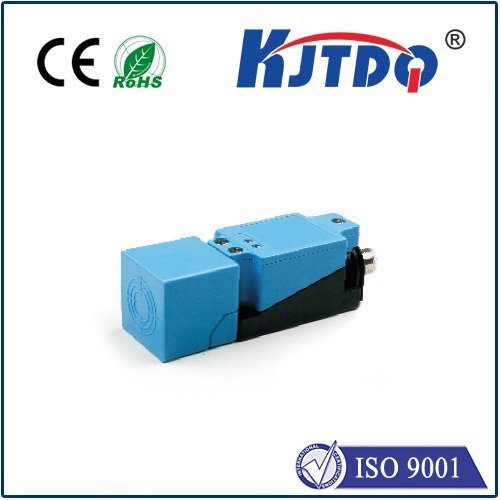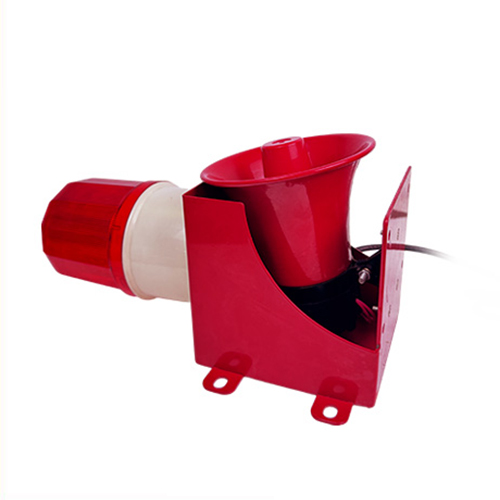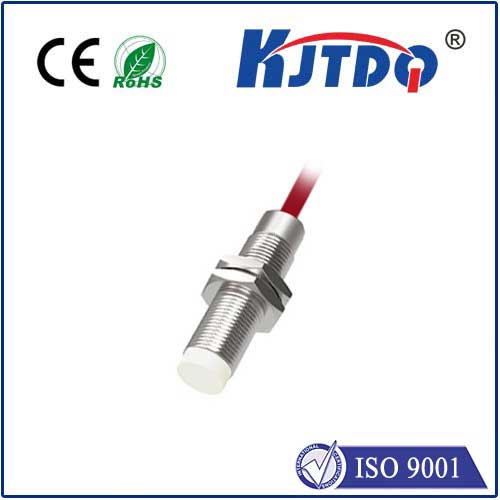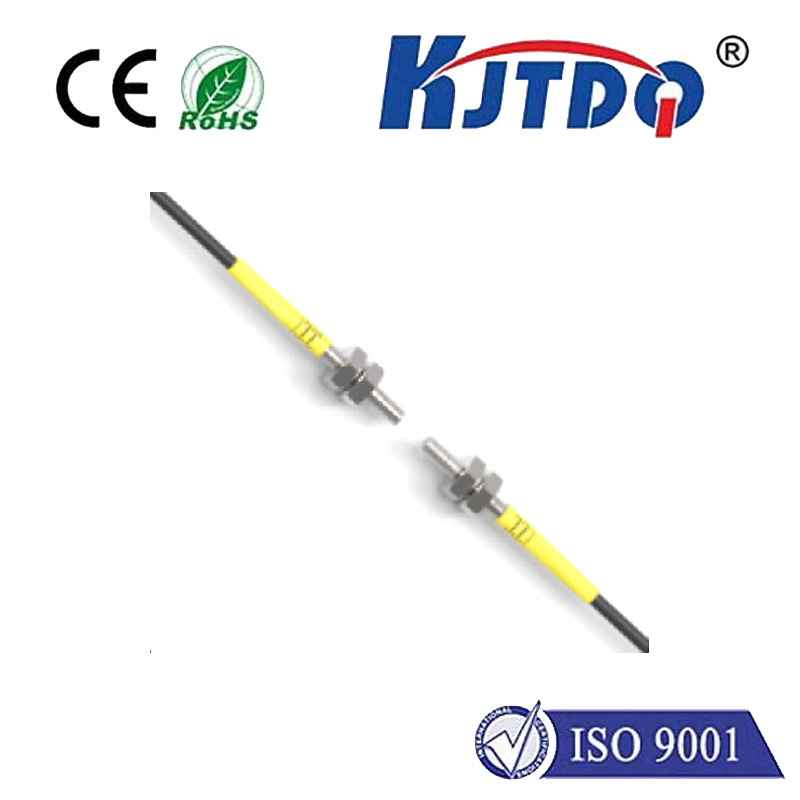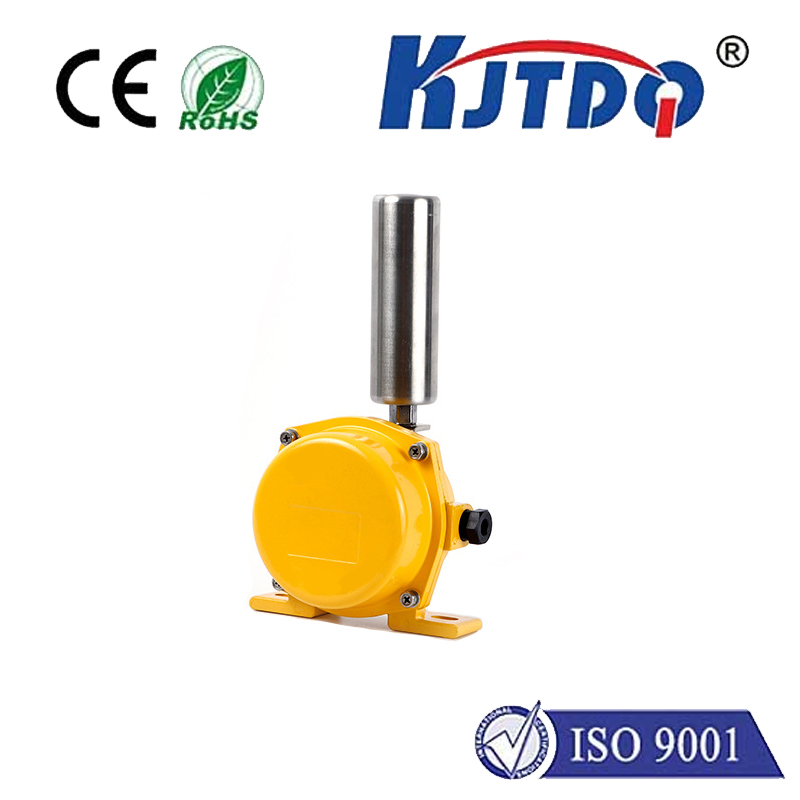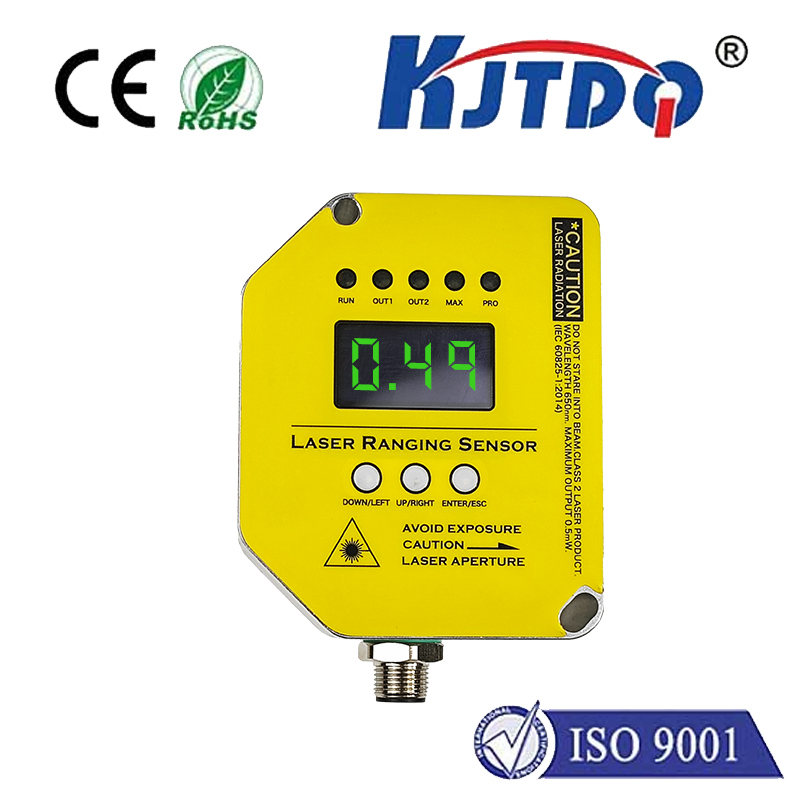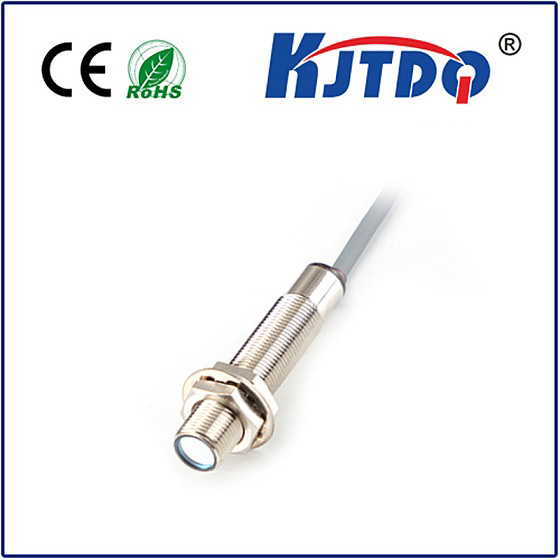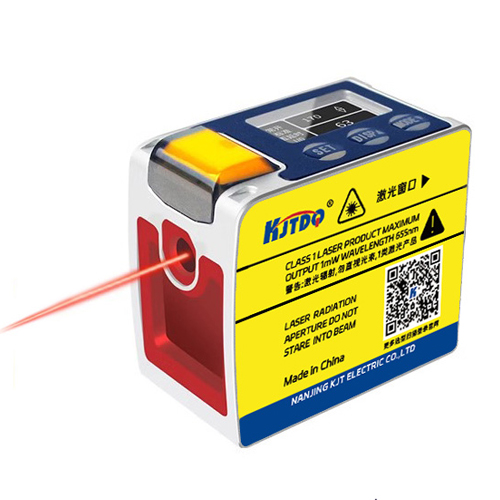

check

check

check

check

check

check

check

check

check

check
Title: Revolutionizing Measurement with High-Speed Laser Sensors
In the rapidly evolving world of technology, high-speed laser sensors have emerged as game-changing devices. These sensors utilize cutting-edge techniques to measure distance, velocity, and position with unparalleled precision and speed, revolutionizing industries ranging from automotive to manufacturing.
The working principle behind high-speed laser sensors involves the emission of a laser beam that bounces off a target surface and returns to the sensor. By calculating the time it takes for the light to travel this round trip, the sensor can accurately determine the distance between itself and the target. When employed in dynamic environments, these sensors can capture countless measurements per second, allowing for real-time tracking of moving objects.

One of the most significant advantages of high-speed laser sensors is their ability to provide non-contact measurement solutions. This feature makes them ideal for applications where physical contact with the object could cause damage or alter its state, such as in the case of delicate manufactured parts or fast-moving vehicles.
Moreover, the accuracy and repeatability of high-speed laser sensors are exceptional. They can detect minute variations in distance or position, which is crucial for quality control processes in manufacturing and for ensuring safety in transportation settings. For instance, in automotive production lines, these sensors can quickly identify even slight defects in vehicle components, preventing potential issues before they become costly problems.
Another realm where high-speed laser sensors excel is robotics. In automated systems, they enable machines to quickly react to changing environments by providing real-time feedback on their surroundings. This feedback mechanism allows robots to perform tasks with greater dexterity and efficiency, reducing human intervention and improving productivity.
High-speed laser sensors also play a vital role in scientific research and development. By offering rapid data collection capabilities, researchers can gather detailed information on phenomena that occur at high speeds, such as combustion or fluid dynamics experiments. The precise data collected by these sensors aids in refining models and theories, leading to advancements in various scientific fields.
In conclusion, high-speed laser sensors represent a quantum leap forward in measurement technology. Their ability to capture data rapidly and accurately has broad implications across industries, enhancing efficiency, safety, and innovation. As technology continues to evolve, we can expect these versatile and reliable sensors to unlock even more potential in an array of sectors.
